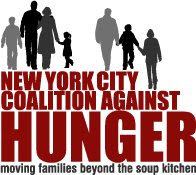
The initiative is helping to ensure that benefits recipients, whose food options are often limited to the unhealthy offerings of bodegas or discount stores due to the low concentration of grocery stores in low-income neighborhoods, have an accessible and affordable source for fresh food.
The wireless EBT terminals benefit both food stamp customers and farmers market retailers, who have reported increased profits after installing the EBT terminals. “The markets much, much busier,” said
EBT terminals have been installed in 87 of
More federal funding will be needed to extend EBT access to all state farmers markets. Current funding levels will only cover the cost of expanding the program to 130, or about 1/3, of all






